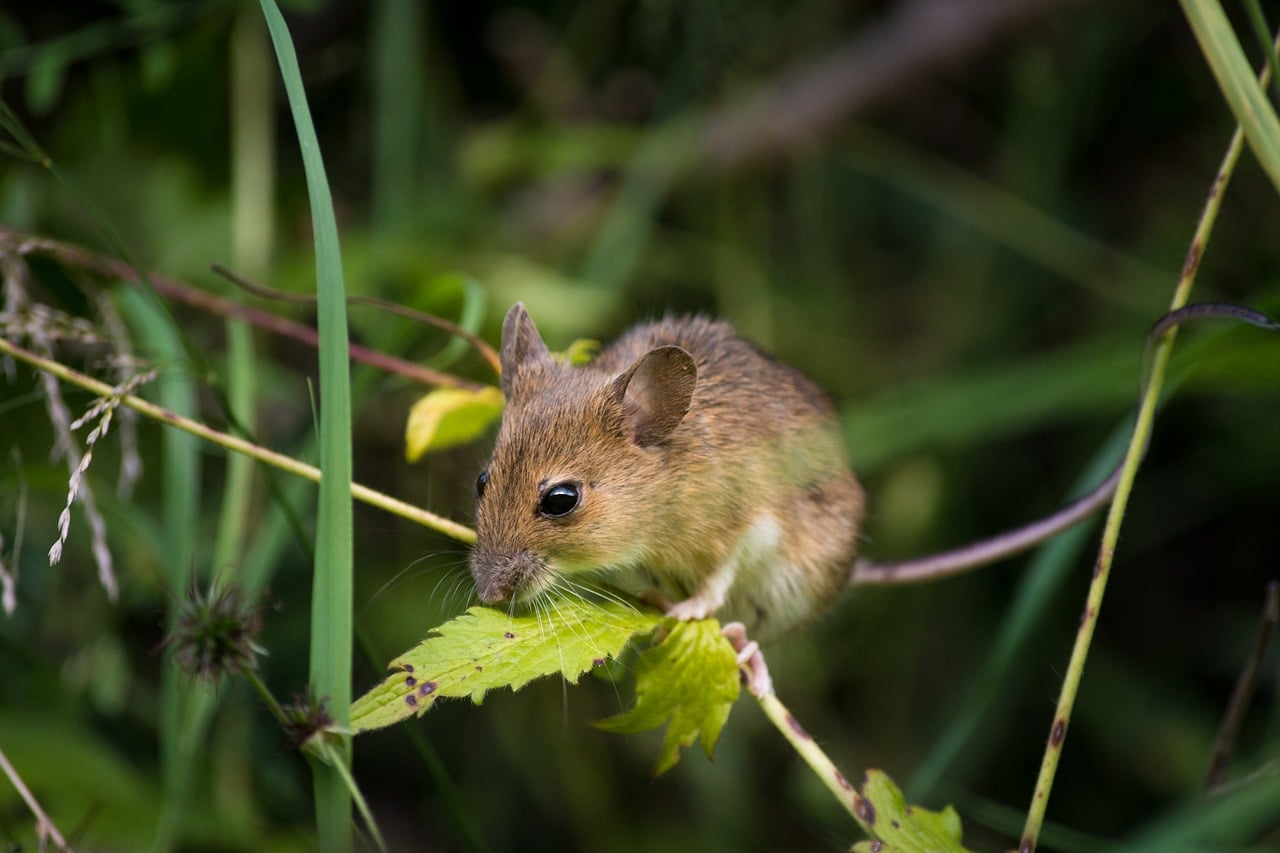It appears as if mice can sense pheromones from their predators’ tears and use that information to avoid predators – at least according to a study from the University of Tokyo.
Mice are small and generally considered to be a prey animal, and there is any number of animals that could pick a fight with them and make a mouse an easy lunch. One such animal is actually the rat which, while omnivorous rather than carnivorous, tend to kill and eat the much smaller mice.
Researchers at the University of Tokyo led by Kazushige Touhara used a standard lab species of both mice and rats: The Norway rat and house mouse. Using these two species, they were able to observe that mice can sense pheromones from their predators and use that sense to avoid being eaten.
While we already were aware of a practice that might suggest that mice can sense pheromones in the form of their avoidance of rat urine, this paper is actually the first to show a prey species managing to pick up on specific pheromones used by its predators and turning it into a warning system by which it can escape an untimely death.
In order to demonstrate that mice can sense pheromones, the researchers put mice and rats in an area with cotton soaked with the pheromone ratCRP1, and found that female rats spent more time investigating the cotton while the mice can sense pheromones and, thus, spent more time far away.
Additionally, the suggestion that mice can sense pheromones was further confirmed by subsequent testing on the mice that found that they had lowered heart rates and body temperatures even an hour after the exposure to ratCRP1.
The study detailing the results was published in Current Biology earlier today, and Touhara and his colleagues argue with that ratCRP1 is primarily a sex pheromone in rats – explaining the reason why females displayed interest and lingered in an area where the male rats had previously been.
Mice can sense pheromones, so instead of investigating the area with curiosity and attraction like we saw with the female rats, we saw them instead enter a cautious and sedentary state in order to avoid attracting the attention of any nearby rats – despite the fact that there were no rats currently threatening them.
The ability of animals to sense the pheromones of a potential threat is important to ensuring their continued survival, and this new knowledge that mice can sense pheromones adds to our understanding of a species that is frequently used in scientific testing. While there may not be any immediate implications from this discovery, understanding that mice can sense pheromones gives us greater insight into a species that is necessary for scientific advancement – and could potentially aid us in implementing future experiments.





